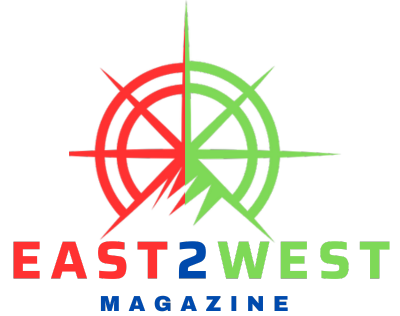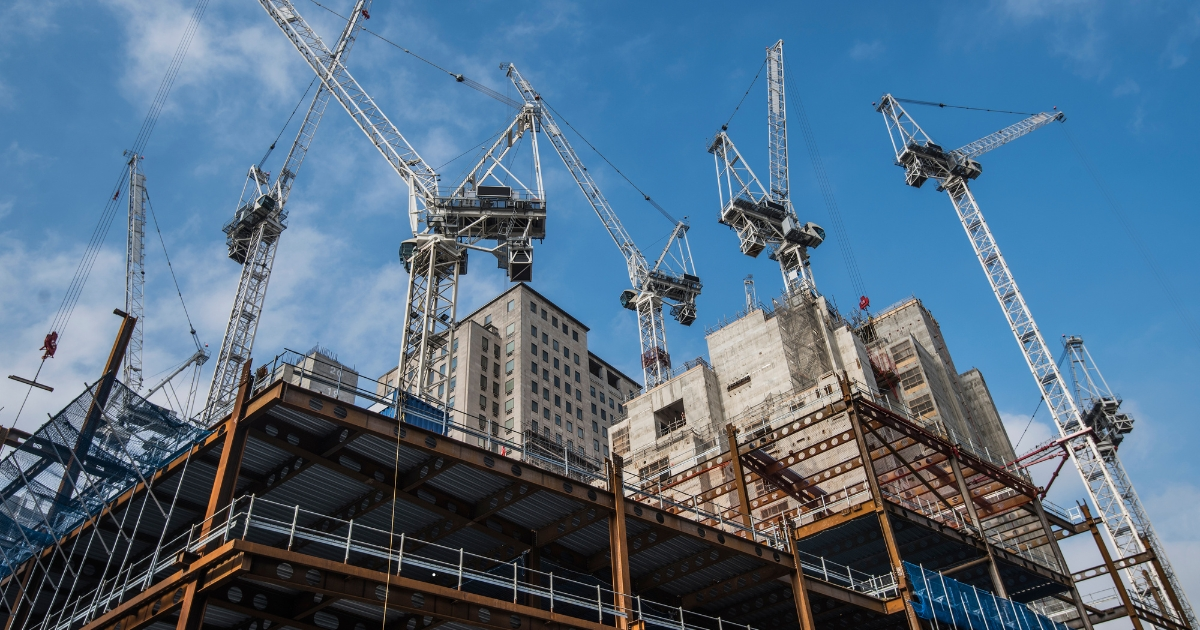Few companies have left as lasting an effect as Stichting Bouwresearch (SBR) when it involves World War II reconstruction and modern engineering. Founded to tackle urgent challenges in the production enterprise, this Dutch knowledge institute revolutionized building strategies, shared vital know-how, and helped set industry requirements. Though its generation as an independent organization ended in 2017, the legacy of Stichting Bouwresearch remains to steer the construction enterprise nowadays.
If you’re curious about SBR’s history, contributions, and remaining transformation, we’re sharing a detailed inspection of its inspiring tale!
Table of Contents
What Was Stichting Bouwresearch?
Stichting Bouwresearch later rebranded as SBR was mounted in Rotterdam in 1959 with a straightforward task: to stimulate and coordinate research into modern construction strategies. As the Netherlands faced massive rebuilding after World War II, the institute served as a guiding light, supporting the country in coping with knowledge gaps related to building substances like bolstered and prestressed concrete.
This challenge fostered a lifestyle of sharing, gaining knowledge of, and adopting new practices, mainly in a production area dominated by small companies. These companies benefited immensely from the modern-day answers and shared know-how presented by the institute.
Why Was Stichting Bouwresearch Founded?
The cause at the back of Stichting’s Bouwresearch becomes easy yet profound. After the war, the demand for reconstruction turned into a mammoth. However, there has been limited information about how to use vital construction substances, including concrete. Construction agencies wished for innovative techniques to meet growing demands for durable, reliable structures. Stichting Bouwresearch stepped in to fill this understanding hole.
Led initially by former Dutch minister Herman Witte, Stichting Bouwresearch has become a useful resource for innovation. From publishing essential books on material management and value control to promoting improvements in creation policy, the institute quickly became a vital know-how hub for the Dutch creation industry.
Development and Contributions to the Industry
Early Contributions (1959–2003)
For decades, Stichting Bouwresearch was known as Rotterdam’s Groothandelsgebouw home. During this era, it focused on offering sensible answers to actual international production challenges. The institute’s work addressed everything from price control in construction techniques to building protection and installation vibrations.
Some of its nicely-regarded guides at some stage in this era touched on:
- Material control and delivery in construction
- Policies for financing and value optimization
- Vibration standards for installations in homes
These projects didn’t simply enhance individual initiatives—they fashioned an emerging infrastructure that supported the entire creation enterprise in the Netherlands.
Rebranding to SBR
By 2003, the agency had grown in scope and affected it, prompting a rebranding to SBR. It turned into more than a beauty exchange. Now working under the leadership of engineer Jack de Leeuw, SBR commenced emphasizing collaboration, running extra carefully with production firms and governing bodies to provide even more robust solutions.
One of SBR’s hallmark services became its famed vibration requirements for constructing installations. These standards became fundamental for architects and engineers striving to ensure homes’ structural integrity and functionality.
The Merger with CURnet
The collaboration-driven model culminated in a big step forward in 2013, when SBR merged with the Civil Engineering Centre Implementation, Research and Regulation (CURnet). The combined entity, SBRCURnet, was positioned on De Bouwcampus at Delft University of Technology. Under Jeannette Baljeu’s leadership, this merger embodied a brand new technology of streamlined knowledge-sharing between production and civil engineering disciplines.
SBRCURnet added impactful equipment like:
- SBR Reference Details: Practical publications that helped excellent-song construction techniques
- Info Sheets: Bite-sized, available resources available to professionals
- CUR Recommendations: Authoritative enterprise recommendations for improving both construction performance and overall performance
The team of about 50 professionals used a hands-on method, ensuring that their research wasn’t restricted to laboratories but applied immediately to construction websites.
The Transition and Legacy of Stichting Bouwresearch
Despite its price to the Dutch creation quarter, SBRCURnet faced investment challenges in the mid-2010s. On December 31, 2017, the organization ceased functioning as an unbiased frame. However, its core sports did not disappear entirely. Responsibilities had been transferred to other respected organizations:
- CROW took over civil engineering projects.
- ISSO assumed the built surroundings projects.
Even though Stichting’s Bouwresearch ended its standalone chapter, its decades of contributions continue to guide engineers, architects, and developers. Its published assets, requirements, and frameworks continue to be referenced, ensuring its research remains alive in cutting-edge creation practices.
Key Takeaways & Impact on Construction
Stichting Bouwresearch’s story is one of innovation, collaboration, and transformation. It provided technical solutions to production-demanding situations and embedded a tradition of information-sharing that bolstered the Dutch creation enterprise.
Enduring Lessons
- Collaboration is Key: By merging creation and civil engineering minds, SBR created a multidisciplinary technique for innovation.
- Focus on Practicality: SBR continually emphasized answers that could be easily applied—a trait nonetheless celebrated by production companies these days.
- Knowledge Transference: The institute verified the strength of dispensing free and paid know-how sources, ensuring insights reached specialists at all tiers.
Conclusion
Although Stichting Bouwresearch no longer exists as a standalone entity, its spirit lives on through companies like CROW and ISSO. They retain to boost longstanding SBR tasks, ensuring the insights and requirements evolved over a long time will keep to modernize creation methods.
For those stimulated by SBR’s paintings, one issue is certain—the future of creation depends on today’s visionaries who push the bounds of innovation. If you’re geared up to take the next step closer to crafting a more sustainable and green future in construction, recall exploring the present-day studies and assets furnished by using CROW and ISSO!

